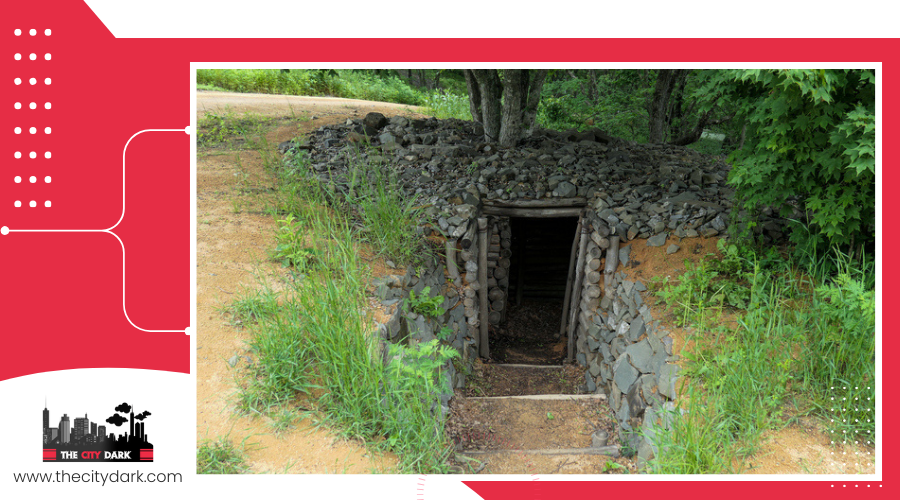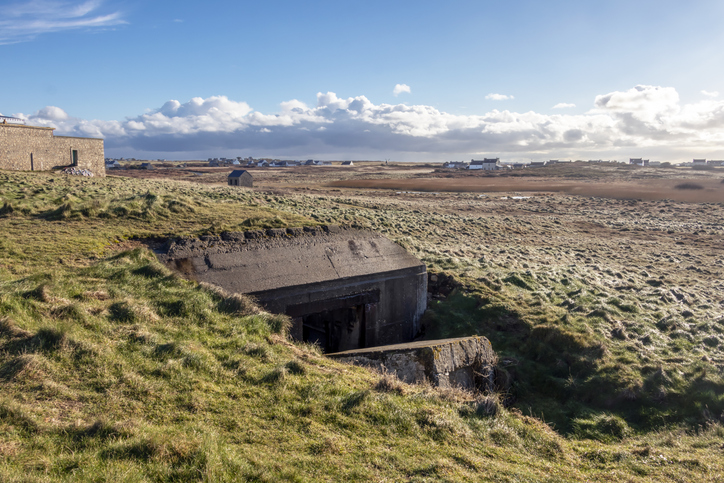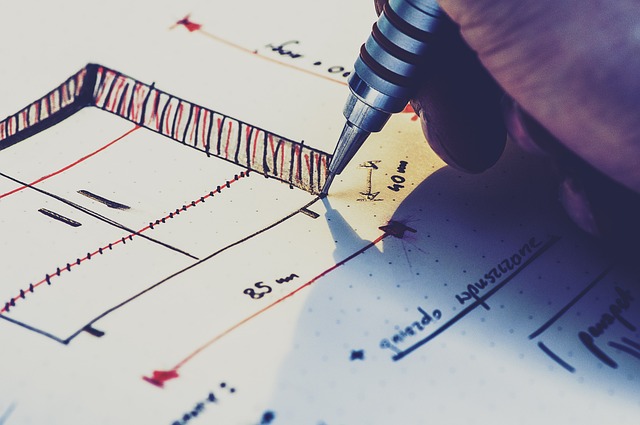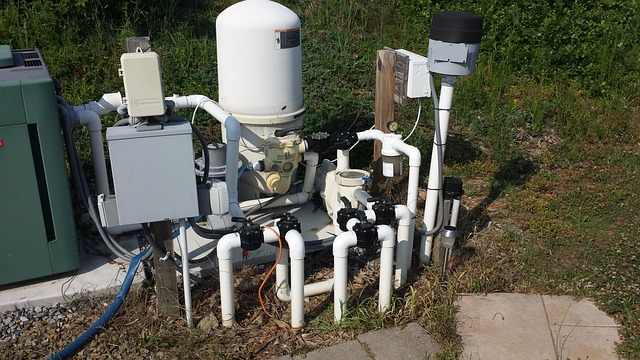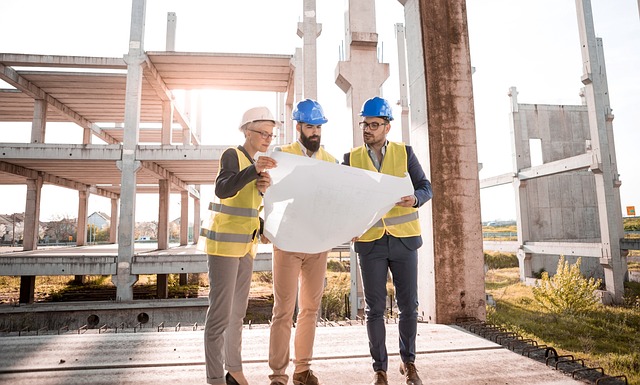Imagine you’ve decided to build an underground bunker, much like the Johnsons, who successfully created a secure retreat without exhausting their savings. You’re aware that embarking on such a project requires a significant financial commitment, and you’re determined to manage your budget wisely to avoid unnecessary expenses.
To achieve this, you’ll need to navigate a series of crucial decisions: from selecting the perfect location that won’t escalate costs, to choosing whether to take on the challenge yourself or to seek professional help. Moreover, identifying cost-effective materials and planning for essential systems are pivotal steps that can make or break your budget.
With a realistic budget in place, and by considering alternatives to traditional methods, you can embark on creating your bunker in a financially responsible manner. The key lies in understanding the various factors that will impact your expenses, a topic we’re about to explore further, offering insights that could save you from financial strain while achieving your goal of building a secure underground haven.
Key Takeaways
- Choose a location with well-drained gravel soil and avoid areas prone to water accumulation.
- Consider the cost difference between DIY and professional assistance for your bunker construction.
- Opt for cost-effective materials such as plywood and concrete blocks for the structure.
- Prioritize essential systems like water filtration, power supply, and ventilation in your budget planning.
Choosing the Ideal Location
Selecting the right location for your underground bunker involves considering soil type, natural hazards, and access to essential resources. You’re aiming for an affordable bunker that stands up to nuclear fallout, natural disasters, and more, which means digging deep into the specifics of your chosen spot.
Gravel soil is your best bet because it’s well-drained and minimizes risks of water seepage and flooding, a crucial factor for your water storage plans. You’ll want to steer clear of areas at the bottom of steep slopes to dodge any potential water accumulation issues.
Before you get too carried away imagining your DIY bunker, remember to evaluate the risk of natural gas pockets, the presence of bedrock, and the water table levels. These elements can significantly impact your construction materials choices and overall design.
Compliance with building codes can’t be overlooked; consulting with local authorities ensures your bunker doesn’t hit a regulatory snag. After all, obtaining the necessary permits is as essential as choosing the ideal location.
Establishing a Realistic Budget
When planning your underground bunker project, it’s crucial to carefully assess all potential costs, from materials and labor to permits and ongoing maintenance, to establish a budget that won’t break the bank. You need to ensure the project is both affordable and feasible, without compromising on safety or essential features.
Here are three key steps to follow in establishing a realistic budget:
- Choose Affordable Materials and Methods: Research and compare prices of construction materials. Opt for more affordable options like reclaimed materials and cost-effective ventilation systems. This approach can significantly save money without sacrificing quality.
- Consider Long-term Costs: Don’t just focus on the initial building and maintaining costs. Take into account the ongoing expenses such as stocking up on essential supplies and checking for water leaks. Gradually building your stockpile with budget-friendly options can ease the financial burden.
- DIY vs. Professional Help: Weigh the pros and cons of doing the work yourself versus hiring professionals. Your available budget and construction skills will dictate this decision. Remember, local building permits may require that certain tasks be completed by licensed professionals.
Deciding on DIY or Professional Assistance
Deciding whether to tackle your underground bunker project on your own or to enlist professional help requires a careful assessment of your construction skills, budget, and the project’s demands. If you’re leaning towards a DIY approach to save money and utilize your construction skills, remember that the type of bunker, whether concrete or steel, demands specific expertise to ensure its structural integrity. On the other hand, professional assistance can offer expert guidance and quality construction, albeit at a higher cost.
| Factor | DIY | Professional Assistance |
|---|---|---|
| Cost | Lower upfront | Higher upfront |
| Expertise | Limited to personal skills | Access to specialized skills |
| Time | Potentially longer | More efficient |
| Structural Integrity | Variable | Generally higher |
| Convenience | Less | More |
Budgeting for your underground bunker project means weighing the pros and cons of both approaches. DIY might seem appealing for its cost-saving potential, but consider if you have the necessary skills and time. Professional help ensures a survival shelter built to last but requires a larger budget. Ultimately, your decision should align with your priorities for building a secure and reliable bunker.
Selecting Cost-Effective Materials
After weighing the pros and cons of DIY versus professional assistance, let’s now focus on choosing cost-effective materials for your bunker project. Building a bunker doesn’t have to break the bank if you’re smart about the materials you select. Here are a few tips to help you choose wisely:
- Consider Plywood and Concrete Blocks: Instead of going for expensive options, plywood, bricks, or cinder blocks can serve as sturdy, cost-effective materials for the structure of your bunker. Using these can significantly lower your expenses while ensuring durability.
- Utilize Reclaimed Materials: For the interior, look for reclaimed materials which often come at a fraction of the cost. These can include anything from doors to fixtures, and even a shipping container can be repurposed as part of your bunker, offering a robust solution with the simplest method of installation.
- Affordable Water Storage: Invest in food-grade barrels or containers to store water. These options aren’t only budget-friendly but also ensure a long shelf life for your water supply. Coupled with a basic PVC pipe ventilation system, you can ensure proper air circulation at minimal costs.
Planning for Essential Systems
Next, you’ll need to consider how you’ll manage water and power in your underground bunker. Water filtration solutions are crucial for ensuring a safe, potable water supply. Different power supply options can keep your bunker operational even in emergencies.
Balancing these elements is key to creating a livable and secure environment underground.
Water Filtration Solutions
When planning your underground bunker, it’s essential to consider water filtration solutions as a top priority to ensure a sustainable and reliable water supply. Here’s how you can ensure access to clean water alongside your emergency supplies:
- Research Cost-Effective Options: Find a water filtration system that fits your needs and budget. Consider both ready-made and DIY solutions for purifying water.
- Plan for Storage and Filtration: Ensure you have enough storage for water and a reliable filtration system to maintain a clean water supply.
- Stock Essential Supplies: Alongside water, stock up on non-perishable foods, air filtration units for fresh air, dehydrated meals, and canned goods.
Prioritizing water filtration is crucial for your bunker’s sanitation and ensures you’re prepared with emergency supplies.
Power Supply Options
Ensuring your underground bunker remains operational during emergencies requires considering various power supply options, such as batteries, solar panels, and generators. Investing in reliable sources like gel-cell batteries and diesel generators can make a difference in your shelter’s survival capabilities.
When planning your bunker, it’s crucial to evaluate the installation costs and ongoing maintenance of these power supplies to find a budget-friendly solution. Prioritize essential systems like lighting, radio communication devices, and ventilation to maintain a safe and functional living environment.
Don’t forget to plan for backup power sources and regular maintenance to ensure your survival gear and shelter remain powered, even when local power is down. This approach will keep your nuclear storm shelter ready for any emergency.
Understanding Legal Requirements
Before diving into the construction of your underground bunker, it’s crucial to familiarize yourself with the legal requirements, including zoning restrictions, building codes, and permits. This step ensures that your efforts to find shelter aren’t only successful but also compliant with the law. Gathering the right knowledge and resources early on can help you make informed decisions and avoid costly mistakes.
Here are three key actions to take:
- Contact Your Local Building Department: They’re your go-to source for specific regulations and requirements for underground construction in your region. Make sure to inquire about any special considerations for bunkers.
- Understand the Types of Bunkers: Costs vary significantly between above-ground structures and tunnel bunkers. Above-ground shelters may provide minimal protection against certain threats, while tunnel bunkers offer exceptional shielding but at a higher cost. Knowing this helps you plan your budget more effectively.
- Consider Phased Construction: Starting small with a phased approach can be ideal for long-term projects. This strategy allows you to ensure compliance with all legal requirements and make your bunker both functional and cost-effective, all while keeping the Terms of Service in mind.
Conclusion
In wrapping up, you’ve got a solid game plan for your underground bunker without emptying your wallet. Remember to pick a spot that makes sense, set a budget you can actually stick to, and weigh the pros and cons of DIY versus professional help.
Opt for materials that’ll save you cash in the long run, and don’t skimp on essential systems. Lastly, make sure you’re up to speed on legal stuff to avoid any hiccups.
Here’s to building your secure haven smartly!

